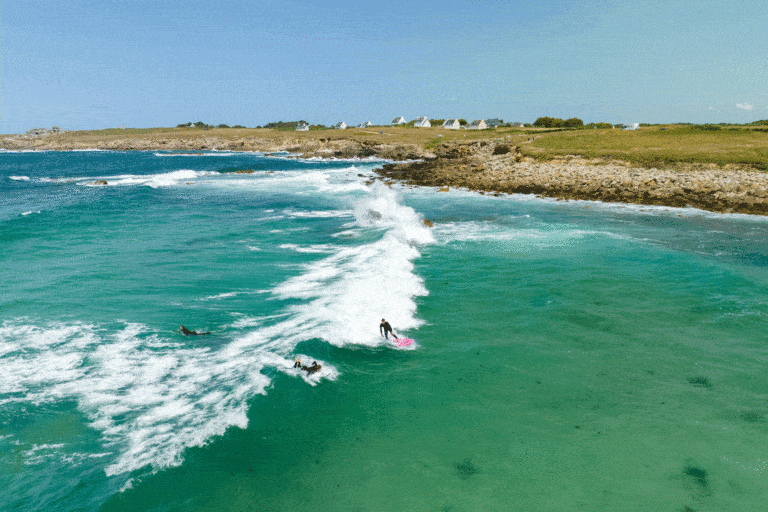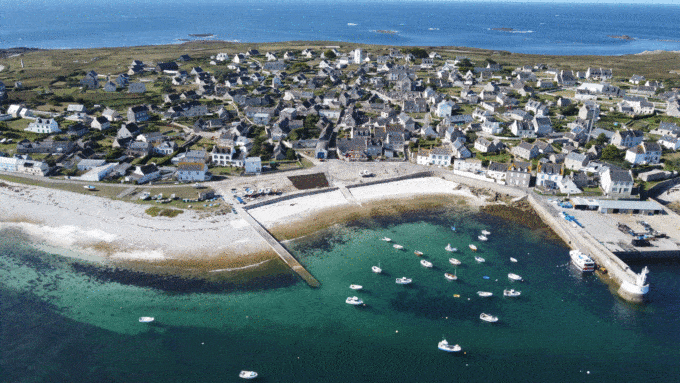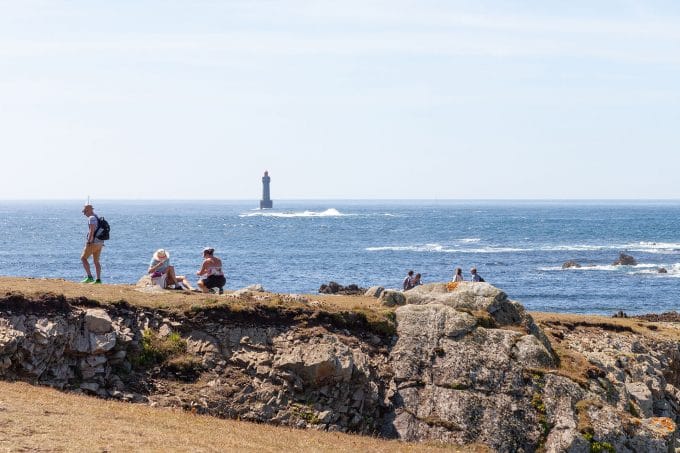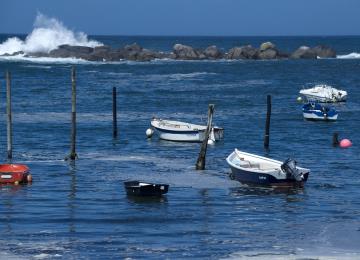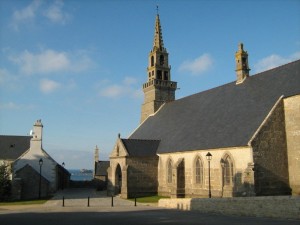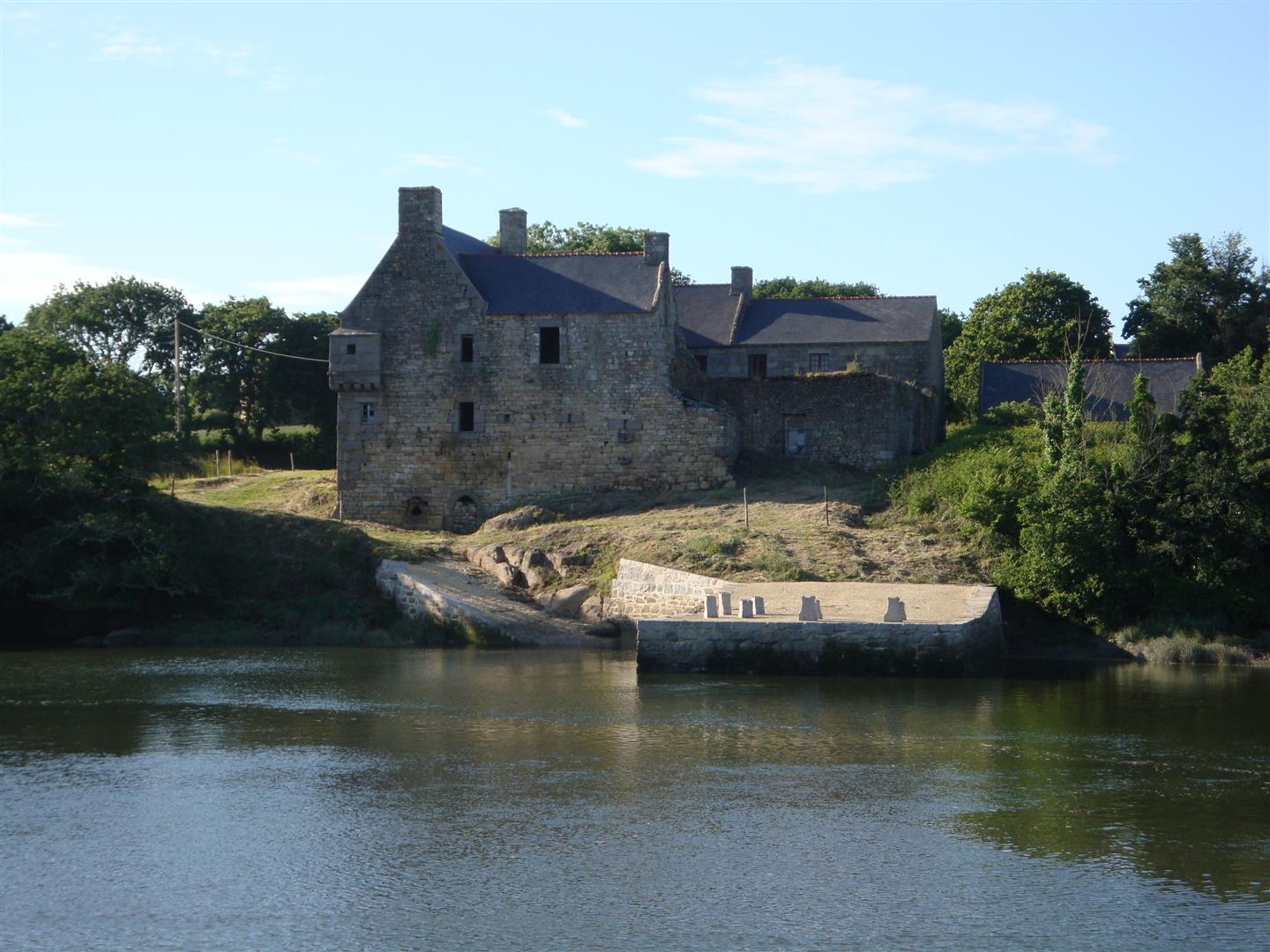Riding circuit n°3 - Brélès - Porspoder
- Equestrian
- 25 Km
- Medium
- Walks
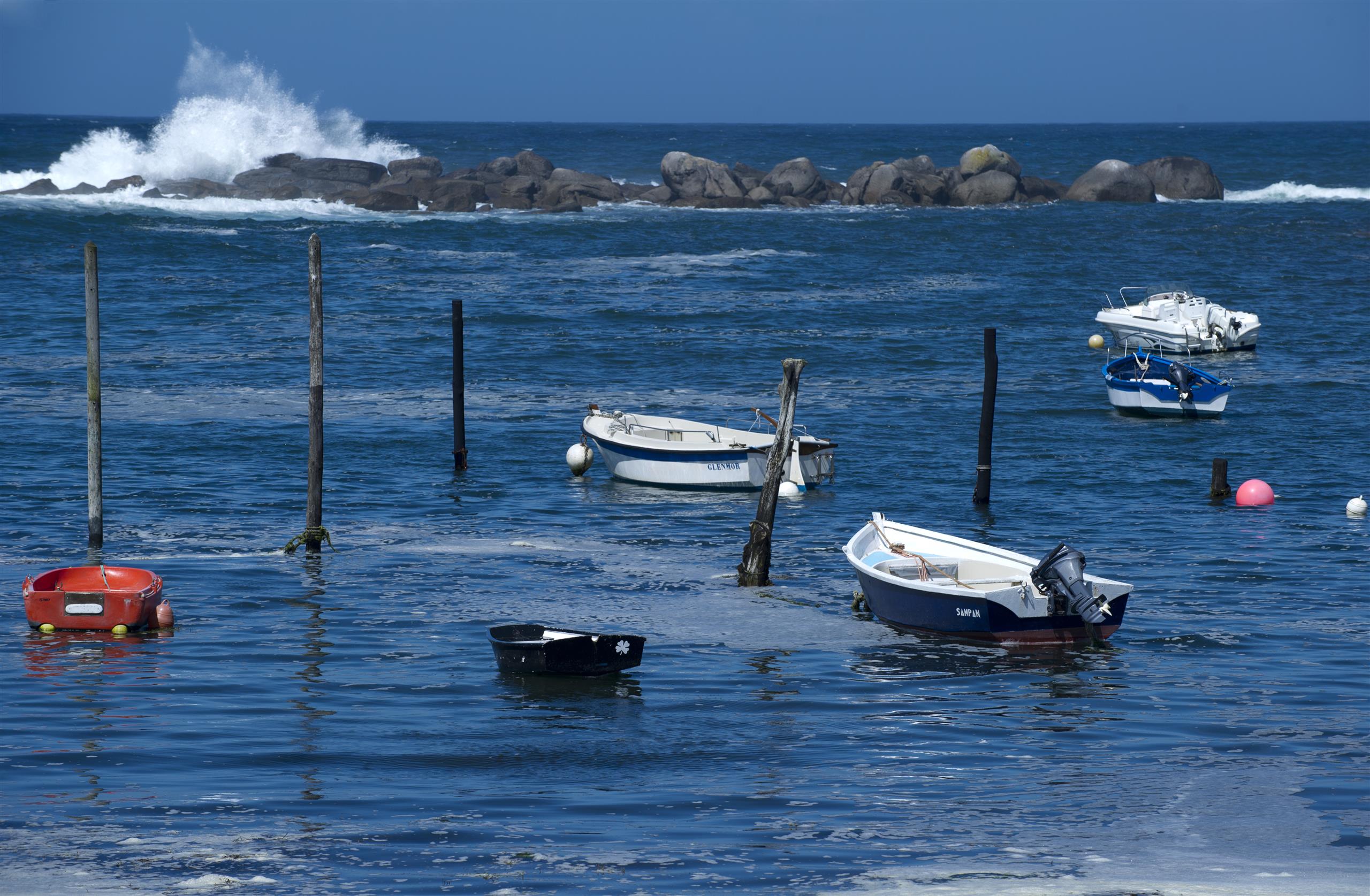



About us
Set off to (re)discover the towns of Posrpoder, a charming vacation resort with many assets and protected by the lighthouse of Le Four, and Brélès, a rural commune with green countryside and pretty stone villages.
This tour will take you between land and sea to discover cultural and historical heritage as well as sumptuous landscapes.
Along the way, you can see the Kergadiou menhir, the Mazou port and the Saint Ourzal chapel.
Put your foot in the stirrup and soar over the Iroise for an epic ride.
6 equestrian circuits in the Pays d'Iroise, ranging from 11.3 to 27.3 km, are maintained and signposted by the Pays d'Iroise Communauté's technical services to guarantee a quality network.
All our routes are signposted with the route number and a horseshoe.
Marvel at the most westerly coastline!
See the bottom of the page for all the activities and restaurants in the area.

